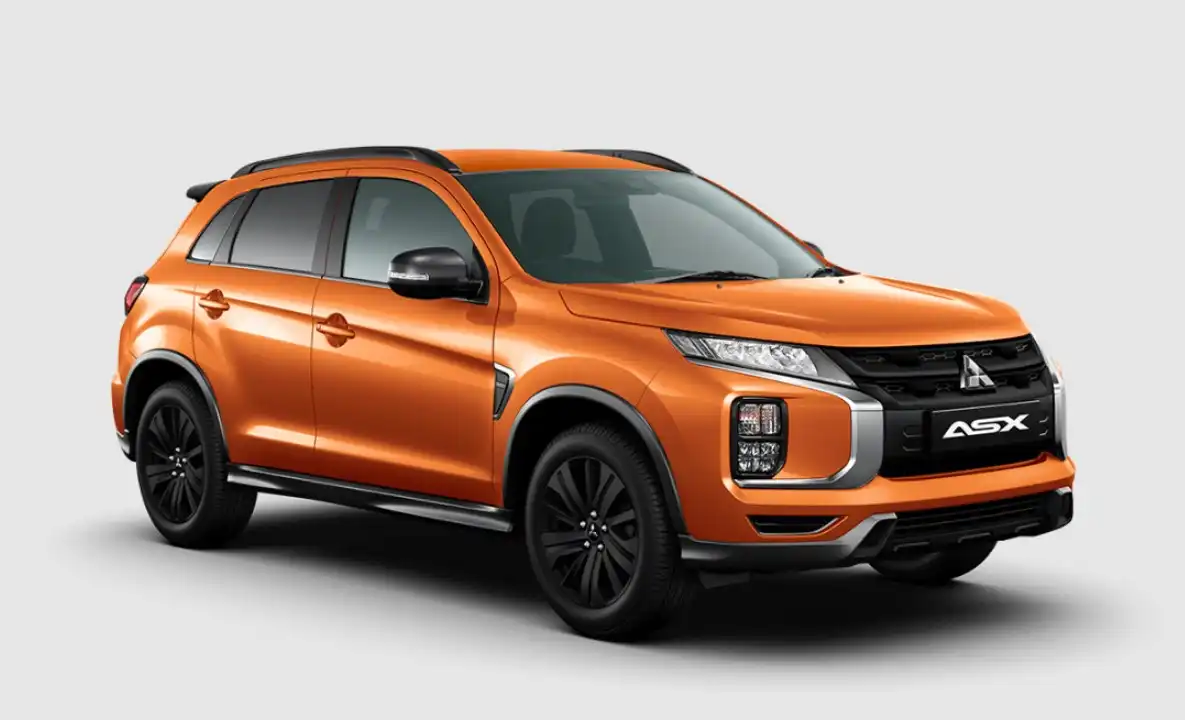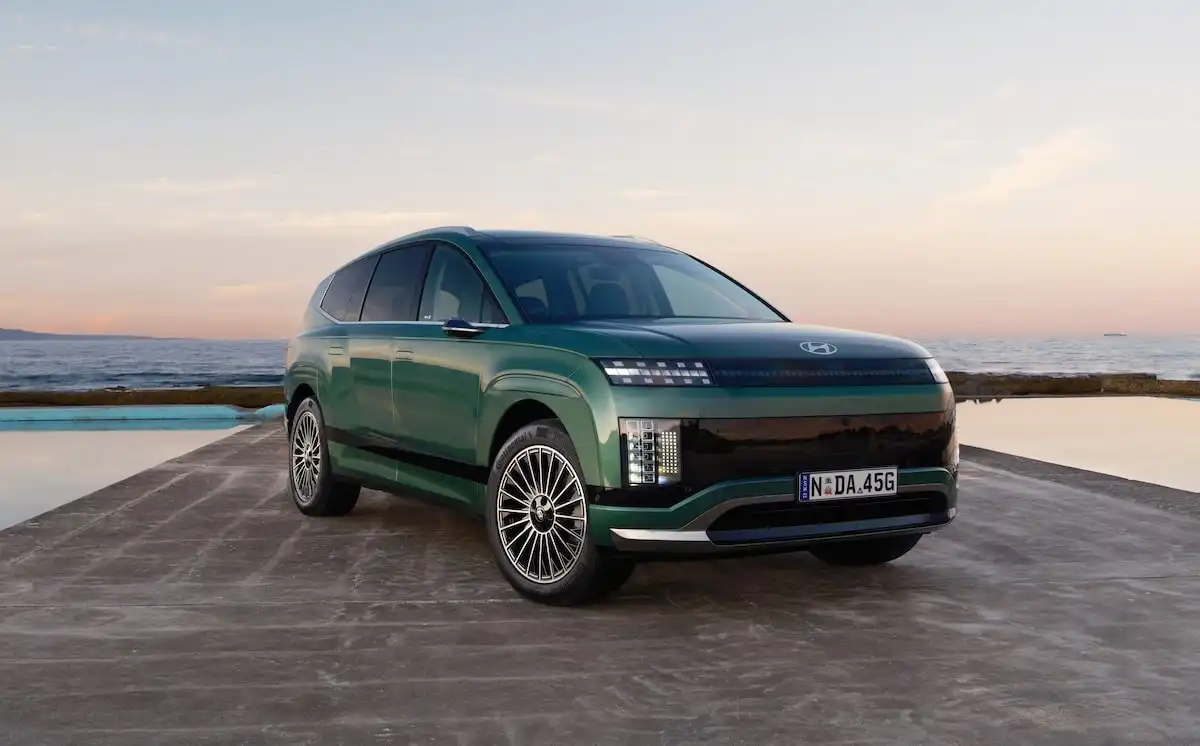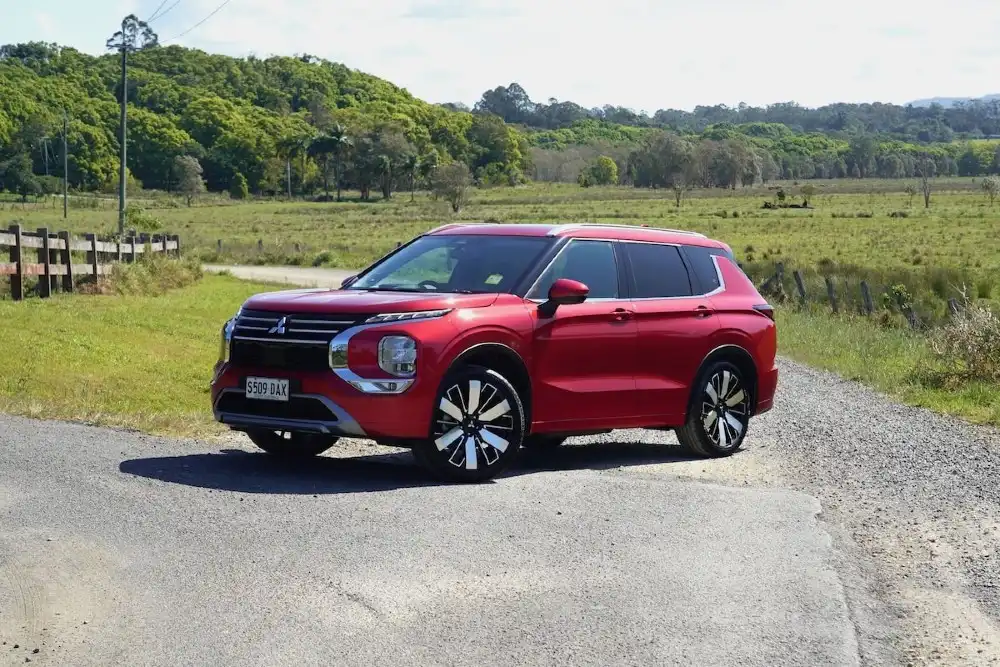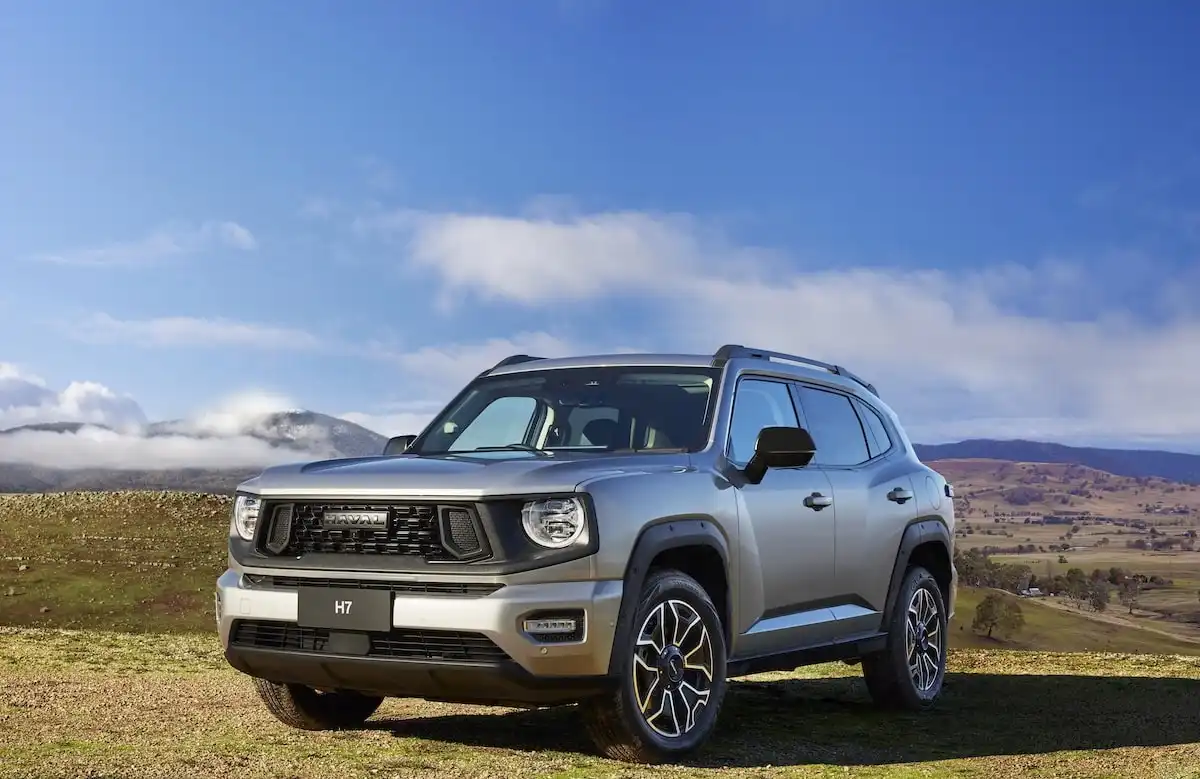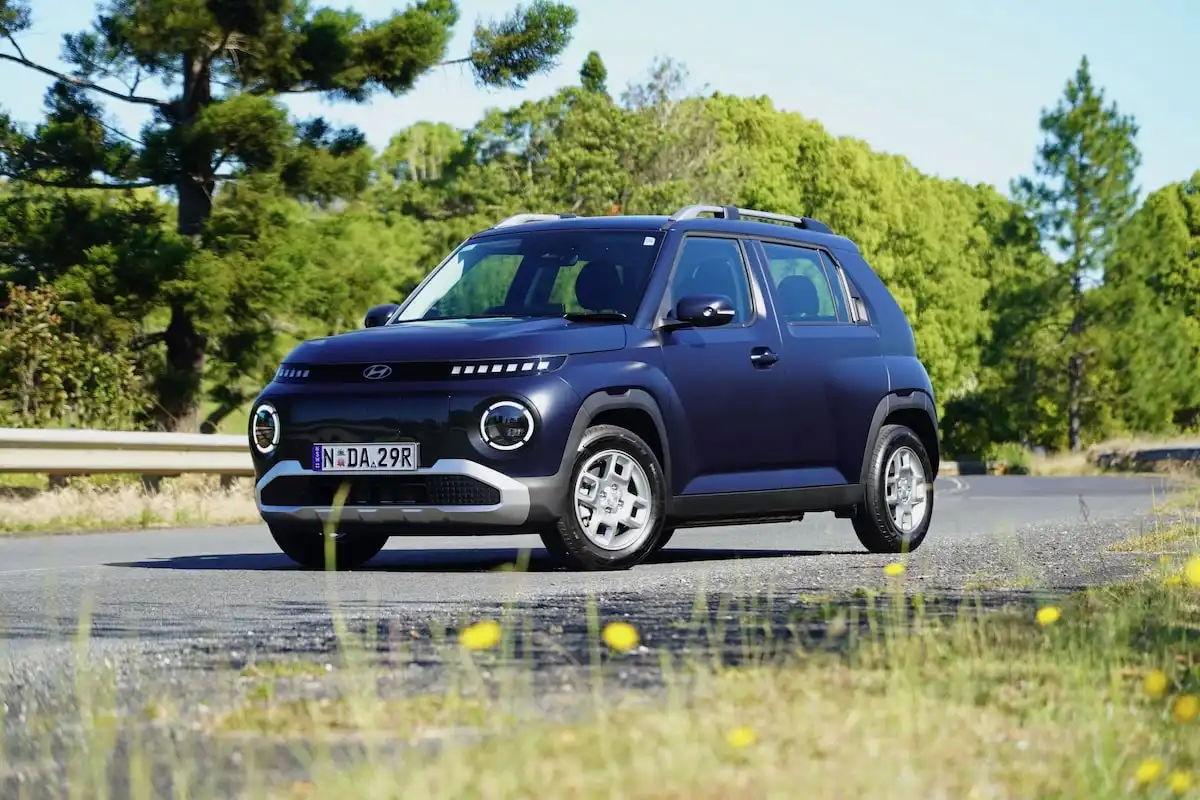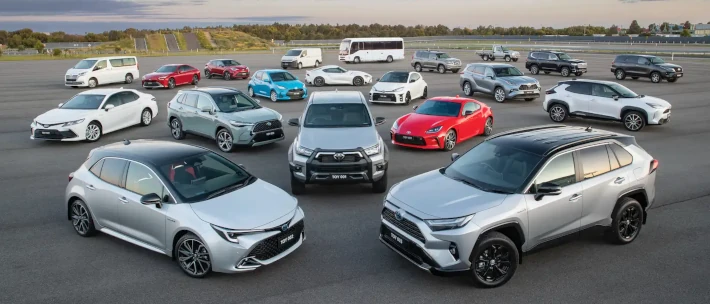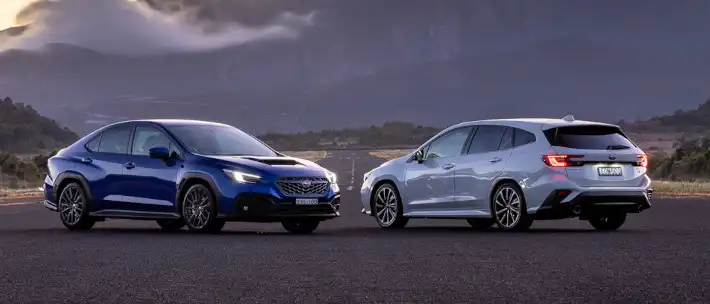While there’s an all-new second-generation ASX for overseas markets, Mitsubishi is sticking with the current first-gen ASX for the Australian market, which begs the question of whether it’s good enough to handle its fierce competition, or if you should wait around for the replacement.
Let’s take a closer look at the Mitsubishi ASX and see how it performs when put to the test.
Starting Price: $24,990
Mitsubishi ASX -LS (2WD) Specifications
| Model Date | 2023 |
| Make | MITSUBISHI |
| Model | ASX |
| Series | XD MY23 |
| Variant | LS (2WD) |
| Body | 4D WAGON |
| Fuel type | UNLEADED PETROL |
| Transmission | CONTINUOUS VARIABLE |
| Drive | FWD |
| Engine | MPFI |
| Engine capacity | 1998 |
| Engine configuration | VARIABLE DOUBLE OVERHEAD CAM / 16 valves |
| Engine RPM | 6000 / 4200 |
| Cylinders | 4 |
| Torque | 197 |
| KW | 110 |
| Fuel tank size | 63.0 |
| Fuel usage specs | 7.6 / 0 |
| CO2 | 176 |
| ANCAP security rating | 5 |
For more details and other variants, check Mitsubishi ASX car page.
Get in touch with one of our Car Buying Specialists today.
Request a quoteHow Much Does It Cost?
The ASX range kicks off from $24,990 for the entry-level GS manual, with the GS automatic priced at $26,240.
Stepping up to the ASX ES brings the price to $27,490, while the ASX MR and LS grades are priced at $29,240 and $29,990 respectively.
Mitsubishi’s range-topping ASX GSR and Exceed variants are priced at $32,240 and $34,740.
How Much Can OnlineAuto Save You?
Using OnlineAuto’s car buying service in Australia, you could save by using one of our car experts to help you find the best new car for you.
What Features Does the Mitsubishi ASX Have?
Mitsubishi’s entry-level ASX GS comes riding on a set of 16-inch wheels, and receives LED headlights and daytime running lamps, a rear-view camera, cruise control, an 8.0-inch infotainment system with Apple CarPlay & Android Auto, and a four-speaker sound system.
Stepping up to the ASX ES adds a set of 18-inch alloys, fog lights, climate control, rear parking sensors, and a set of automatic headlights & wipers.
The ASX MR gains keyless entry, red contrast stitching and black exterior finishes, while the ASX LS gains blind-spot monitoring, rear cross-traffic alerts, a leather-wrapped steering wheel and roof rails.
Mitsubishi’s ASX GSR comes powered by a beefier 2.4-litre four-cylinder, and receives a mix of leather and suede for the interior, a black headliner, and aluminium pedals, while the range-topping Exceed picks up a panoramic sunroof, heated seats, ambient lighting, leather upholstery, and upgraded nine-speaker Rockford Fosgate sound system.
Range Features:
-
16-inch alloys
-
LED headlights & daytime running lamps
-
Rear-view camera
-
Cruise control
-
8.0-inch infotainment system with Apple CarPlay & Android Auto
-
18-inch alloys (ES)
-
Climate control (ES)
-
Rear parking sensors (ES)
-
Blind-spot monitoring & Rear cross-traffic alerts (LS)
-
Leather-wrapped steering wheel (LS)
-
Panoramic sunroof (Exceed)
-
Heated seats (Exceed)
-
Leather & microsuede upholstery (Exceed)
Mitsubishi ASX Colours
The Mitsubishi ASX range is offered with White as a standard colour finish, with the option of Black, Red Diamond, Lightining Blue, Sterling Silver, Sunshine Orange, Titanium and White Diamond.
Is it Comfortable to Drive?
As a compact SUV, the Mitsubishi ASX needs to be easy and comfortable to drive and give buyers an elevated driving position that has made vehicles of this segment such a hit.
In this regard, the ASX covers all of the important design briefs, although the ride quality is far from segment-leading.
Before we get into that, let’s take a look at the engine line-up. The majority of the ASX range comes powered by a 2.0-litre four-cylinder petrol that produces 110kW of power and 197Nm of torque for the front wheels via a five-speed manual or CVT automatic.
Buyers opting for the range-topping GSR and Exceed variants are treated to a 2.4-litre four-cylinder that produces 123kW of power and 220Nm of torque, which is paired with the same CVT automatic.
While the added power and torque bonus is a welcome addition to the mix, the base engine is perfectly fine around town and on the open road, and helps to cut down on fuel use.
The user-friendly nature of the ASX comes down to its compact proportions and its lightweight steering rack that make low-speed turns and parking a simple task, although we’d welcome some more response from the steering in the next-gen replacement.
In terms of ride comfort, around town, the ASX’s suspension handles the majority of bumps and irregularities with confidence, although it can get a bit unsettled on rougher country roads.
The elevated driving position gives the driver a heap of forward visibility, however, the bulky C-pillars at the rear of the cabin tend to eat up your rear three-quarter visibility, which is common for the small SUV segment.
All up, though, the ASX performs well around town and is undeniably user-friendly for drivers of all ages, making for a very approachable small SUV package.
Get in touch with one of our Car Buying Specialists today.
Request a quoteIs it Practical and Spacious?
Space and practicality are, typically, difficult to achieve in a small SUV body, however, Mitsubishi has done an impressive job with the packaging of the ASX’s interior.
In the front of the cabin, the driver and front passenger are treated to a relatively spacious and straight-forward cabin design that offers a heap of headroom and a decent amount of storage options for growing families.
Up front, the driver and front passenger have storage options behind the gear lever for smartphones, as well as some storage inside the folding armrest, a large glovebox and a pair of cupholders atop the door bins either side of the cabin.
There’s nothing ground-breaking about the ASX’s interior design, particularly in the cheaper members of the ASX family which are feeling quite dated, although there’s everything you really need up front.
In the rear of the cabin, the ASX offers just enough head and legroom for second row passengers, with enough space for even adults to sit in the rear without feeling too cramped on short hops around town.
The rear gains a pair of ISOFIX anchors and top tether mounts, while the ASX’s boot is rated at 393L with all the seats standing, expanding to 1193L with the second row folded, which makes it a genuinely practical small SUV.
Is it Safe?
The Mitsubishi ASX has been awarded ANCAP’s maximum five-star safety rating, although the absence of key features in the cheapest members of the ASX family is worth taking note of.
While the entry-level ASX receives autonomous emergency braking, it misses out on features like blind-spot monitoring, rear-cross traffic alerts and lane-departure warnings that are fitted to the LS grade and above.
This is significant because most of the ASX’s rivals that are priced similarly come packaged with a more comprehensive safety equipment list.
Is it Fuel Efficient?
With two different engines on offer in the Mitsubishi ASX, fuel efficiency depends on which powertrain you’re opting for.
The entry-level 2.0-litre four-cylinder is the most fuel-efficient of the bunch, returning combined cycle figures of 7.6L/100km, while the more powerful 2.4-litre four-cylinder is rated at 7.9L/100km.
Our Verdict: Is the Mitsubishi ASX Worth it?
As a complete package, the ASX ticks all the important boxes that buyers demand from their compact SUV, and while entry-level models miss out on some key safety tech, it remains competitive in the fierce small SUV landscape.
The base model is a great value offering within the segment, while the higher-spec models come fitted with a generous amount of premium equipment, which means we can’t help but recommend you add it to your compact SUV shortlist.
On that note, if you’re in the market for a new car, you can get a free quote and see how much OnlineAuto can save you on your next car, or call us on 1300 719 925
Get in touch with one of our Car Buying Specialists today.
Request a quoteFive Specs You Need to Know
-
Ten-year/200,000km warranty (when serviced within the Mitsubishi network)
-
12-month/15,000km service intervals
-
Five-star ANCAP safety rating
-
393L boot space
-
7.6L - 7.9L per 100km fuel economy figures
Pros
-
Practical interior with a decent-sized boot
-
Class-leading warranty program
Cons
-
Key safety tech reserved for higher-spec variants
-
Ageing interior design, particularly in base form
-
Set to be replaced soon
Mitsubishi ASX Competition
Mitsubishi ASX |
VS |
Toyota Yaris Cross |
| Mazda CX-3 | ||
| MG ZS | ||
| Toyota C-HR | ||
| Suzuki Vitara | ||
| Nissan Qashqai |
Get in touch with one of our Car Buying Specialists today.
Request a quote